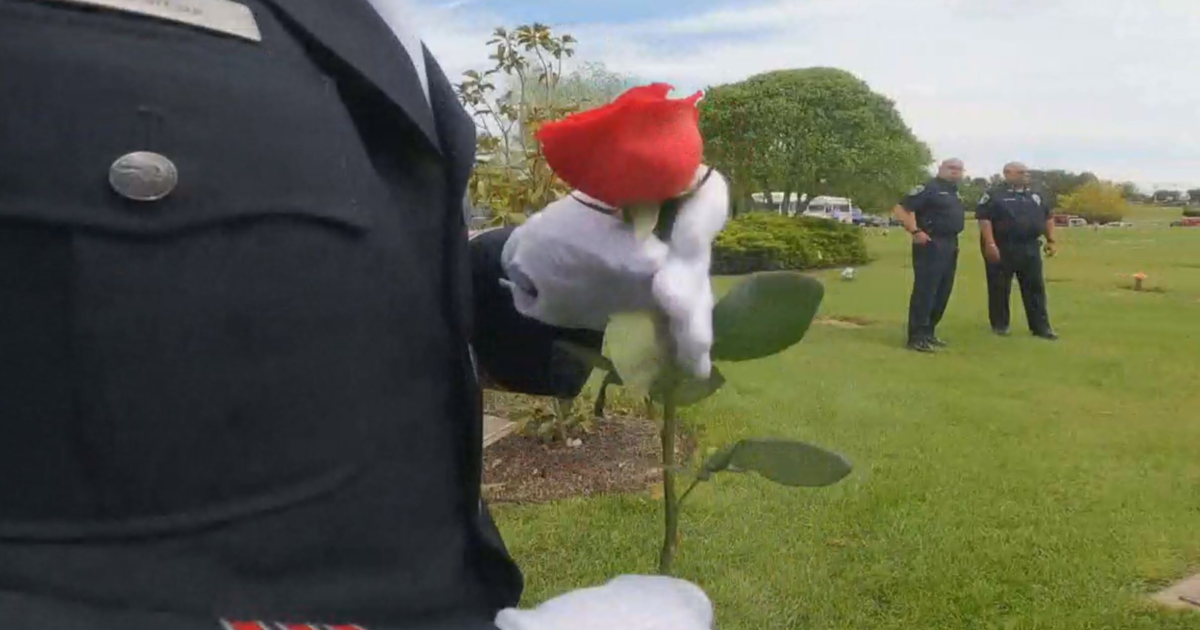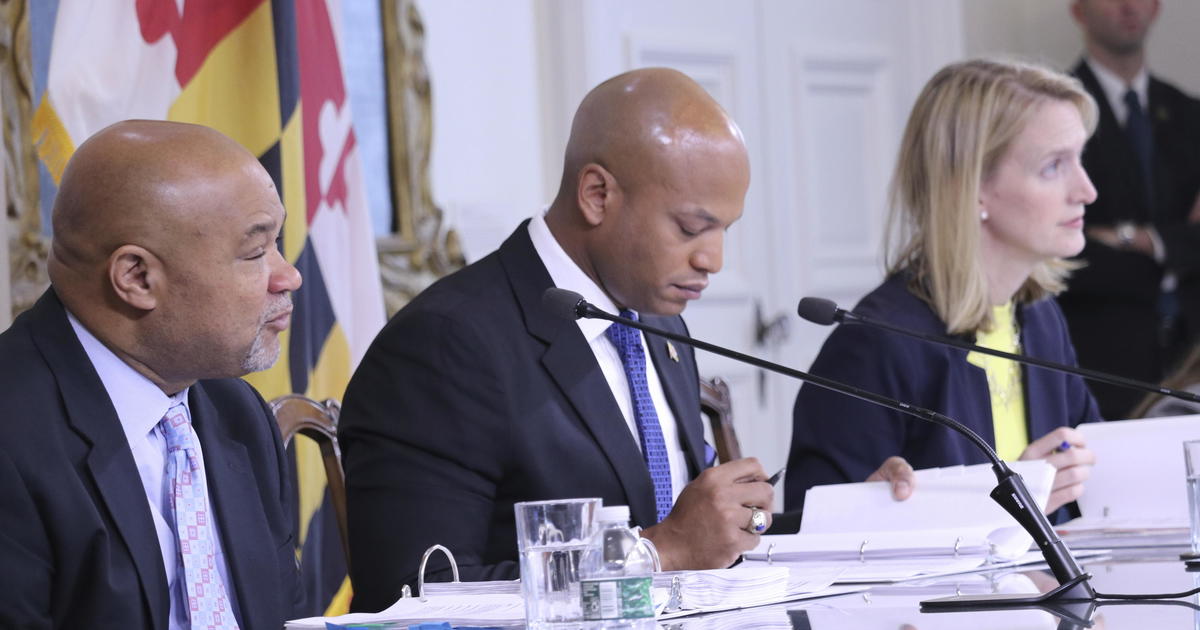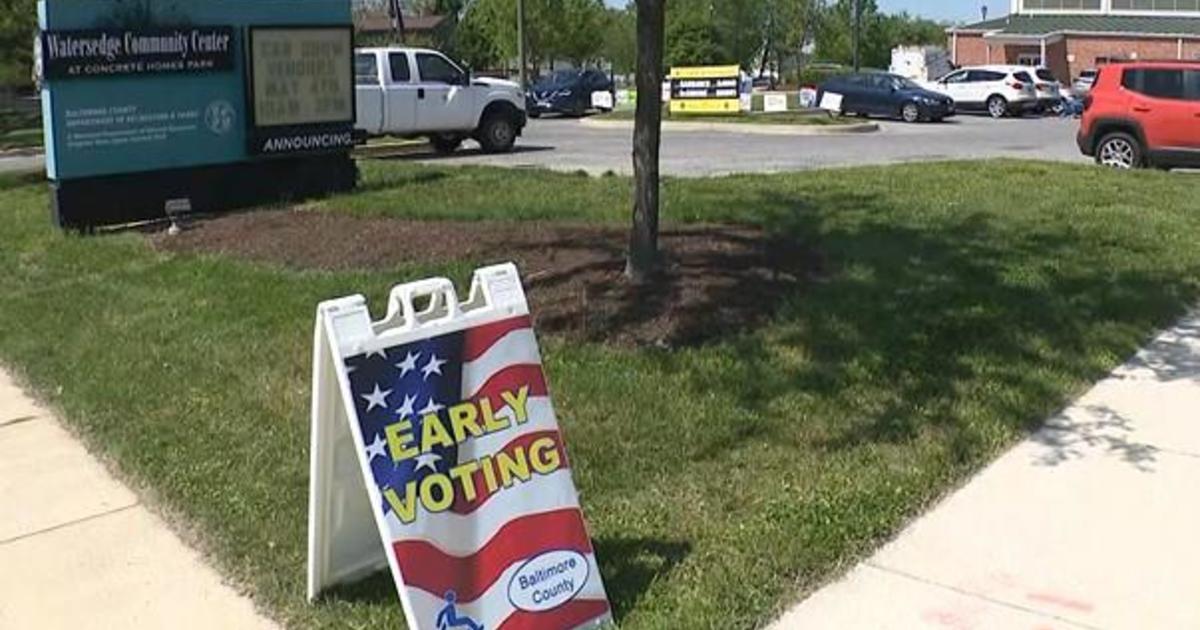D.C. Metro Operator Told He Couldn't Leave Smoke-Filled Station
WASHINGTON (WJZ) -- A federal investigation into the deadly Metro smoke incident. One person was killed, more than 80 others were sickened when the train car filled with smoke back in January.
WJZ Investigator Mike Hellgren with a look at the new documents that were just released.
So many in Maryland use this Metro system for at least part of their commute. WJZ learned there was a severe breakdown in the response. The train's operator begged his bosses to allow him to move out of the smoke-filled tunnel. He never got that permission.
Newly released video shows a D.C. Metro tunnel filling with smoke. It would eventually consume the L'Enfante Metro station on April 12, sickening more than 80 passengers and killing Carol Glover, whose son watched the NTSB hearings, digging into what went wrong.
"Nothing can replace your loved one and we hope that our work will not only serve to answer some of your questions, but will also prevent this from happening again," said NTSB Chairman Christopher Hart.
Investigators say an electrical malfunction caused the smokey mess, but revealed a communications mess, too--a botched response that the train should never have been allowed to pull into a station already filled with smoke.
The operator of the train that day reported hearing people's screams as the station filled with smoke and contacted a supervisor to try to get the train out, but the only response was "stand by."
He testified he told central command people were vomiting, saying they can't breathe--but there was no help. WJZ asked regular riders if they feel safe, knowing how poorly this was handled.
"The maintenance of the train is terrible. It's horrible," said Nia Davis, Metro rider.
"I do take it every day. And I figure I'll take my chances," said Berta Najera.
Investigators also found Metro did not properly operate their remote fans that actually blew the smoke toward the train, making the situation worse.
"The events of January 12 clearly demonstrated that the attention that was given to safety was inadequate," said Hart.
There are some 200 incidents of smoke in the tunnels every year throughout the Metro system, but the fans just can't handle fires. Upgrading them would cost more than $500 million.
The NTSB's final findings will not be out until next year.
This week also marks the sixth anniversary of Metro's Red Line crash, which killed nine people.



